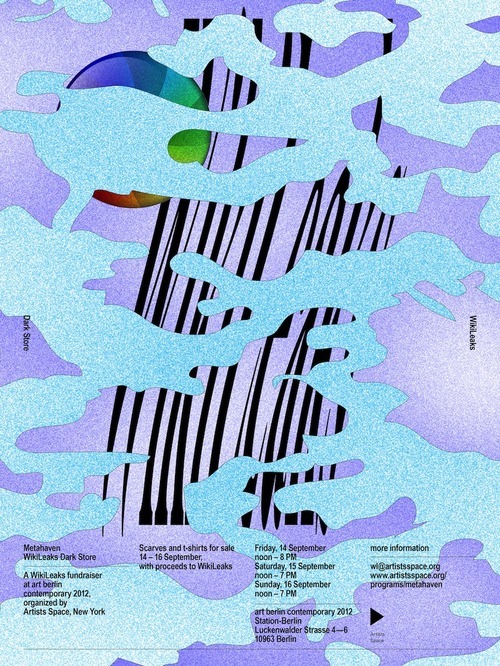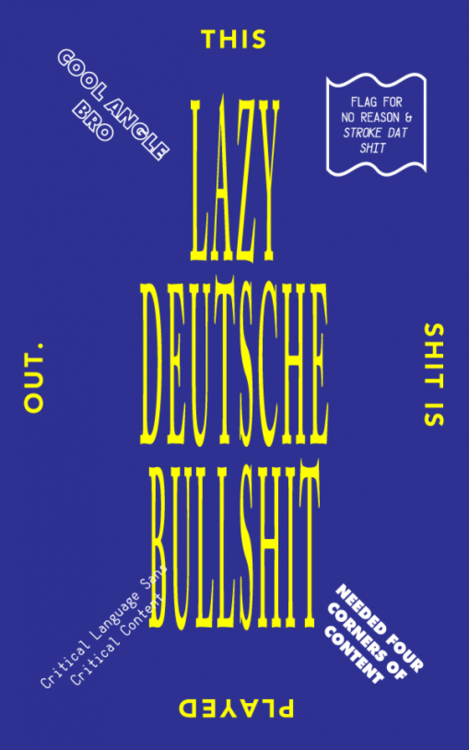"In the book The Reader (2009), the design researcher Ramia Mazésuggests three possible forms of criticality in design. The first has to do with a critical attitude toward a designer’s own practice. The designer makes an effort to be self-aware or reflexive about what he or she does and why. Mazé argues that this can be understood as a kind of internal questioning and a way of designers positioning themselves within their practice. The second form is the “building of a meta-level or disciplinary discourse.” This involves what Mazé calls, “criticality within a community of practice or discipline,” and trying to challenge or change traditions and paradigms. Designers are critical of their discipline while actively and consciously working toward its expansion and evolution. In the third kind of criticality, designers address pressing issues in society. The critique is not targeted at a designer’s own discipline, practice or even at design in general, but at social and political phenomena. In practice, the three modes of criticality often overlap, intersect and influence each other."
The way I understand critical graphic design is that it is design that is subjective, and can be put up for questioning. However, all design is subjective, as no one piece of design is able to please every single person. But I must assume that critical graphic design is design that upsets more people than it pleases, and therefore creates a debate for whether the design is actually 'good' or not. From the examples of critical design I found, it seems as if the design is purposefully meant to be slightly 'bad', and that the goal of the design is to be questioned and debated.




No comments:
Post a Comment